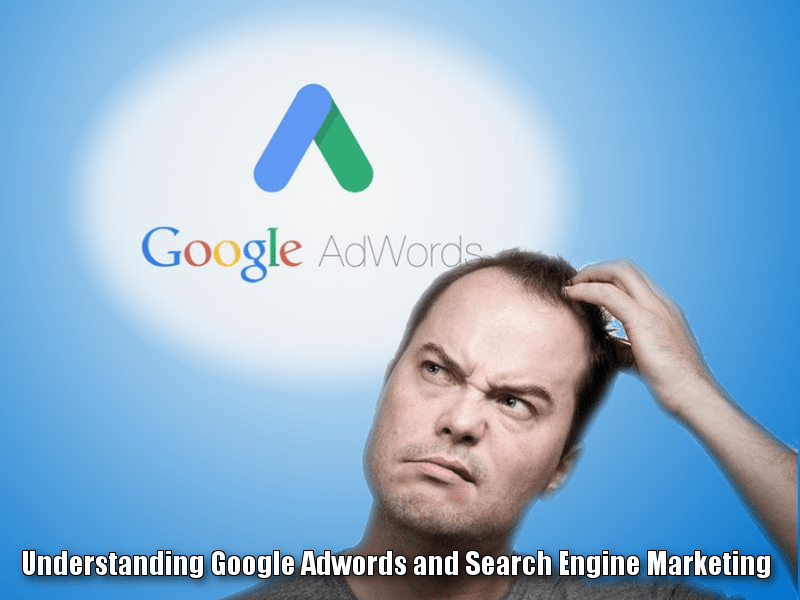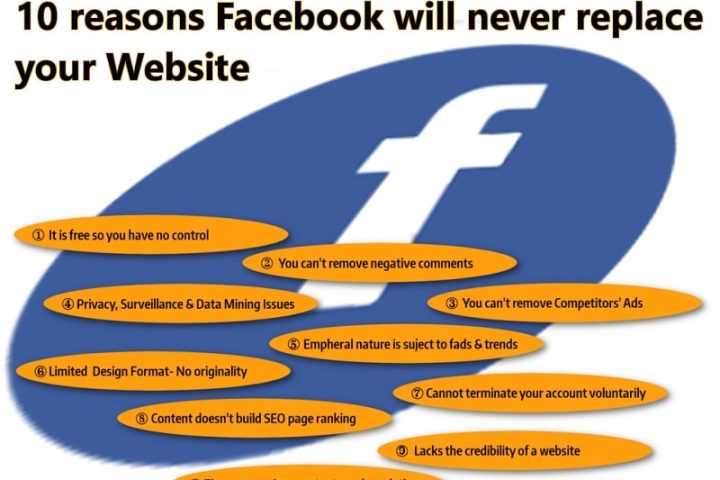What is Search Engine Marketing?
Google Adwords is a type of Search Engine Marketing (SEM). SEM is all about promoting your website by increasing its visibility in search engine results pages through online advertising. As such SEM incorporates search engine optimization (SEO), as well as paid search. The combination of SEO and quality content is the most profitable way to promote your website over the long-term. Paid search allows you to get results faster. SEM has become synonymous with paid search. The main form of paid search is Pay Per Click (PPC). The advantage of PPC over SEO is that it is fast and performance based. The disadvantage is that it is more expensive. Whether or not you decide to use internet advertising will of course depend on your circumstances and what you feel is best for your business. It is not my intention to endorse or condemn PPC advertising, but merely to explain some of the concepts and provide a better understanding of the process and what to expect.
Google Adwords and Pay Per Click (PPC)
PPC is used to drive traffic to your website with a view to converting website users into customers. The most well known form is Google’s Adwords whereby businesses bid on popular keywords to display their listing as an advertisement in the search results. The advertisement is paid for when the user clicks on the advertisement, the price per click is determined by the popularity of the keyword.
Bidding on Keywords
Google Adwords includes a keyword planner to help you research the best keywords for your website, to use it you need to set up an Adwords Account with Google. The Keyword Planner shows traffic estimates, such as the estimated number of clicks a keyword phrase might generate.
Once you have decided on your preferred keyword phrases Google offers three types of bid:
Cost Per Click (CPC).
Each time an advertisement is displayed it is known as an impression, a business using the CPC model is billed by the number of clicks an impression receives rather than the number of times the impression is displayed. Every time an impression is clicked, it costs a certain amount of money. The goal is to have the most efficient and therefore cheapest CPC. This method is typically employed when the advertiser has a set budget.
For example, a website that has a CPC rate of £0.10 and provides 1,000 click-throughs would bill £100 (£0.10 x 1000).
Once the advertiser’s budget has been exceeded the ad is removed. CPC is aimed primarily at driving more traffic to your website.
Cost Per Impression (CPM).
A business using the CPM model is billed by the number of times an impression is displayed. Typically the price is per thousand impressions, the “M” in CPM represents the roman numeral for 1,000.
For example, if the charge is £2 CPM, that means an advertiser must pay £2 for every 1,000 impressions of its ad.
CPM is the most common method for pricing web ads. However, an advertisement’s success cannot be measured by the Click Through Rate (CTR ) because an ad that is viewed but not clicked on may still have an impact. Google recommends CPM for those that want to increase brand awareness rather than network traffic. Google only offers CPM for Display Network campaigns.
Cost Per Acquisition (CPA)
The focus here is on conversions such as purchases or sign-ups. Google recommends the CPA bidding method for seasoned AdWords advertisers.
Google’s Ad Auction
For your advertisement to appear in the search engine results it has to go through a process Google calls an Ad Auction. The Ad Auction determines which ads will appear and in which order. According to Google it is not necessarily the highest bidder that wins, the process is as follows:
The Search
A web user initiates a search by entering some keywords into the Google search engine.
The Ads are sorted
The AdWords system finds all ads whose keywords match the phrase entered by the user. The ads are further sorted according to locality etc.
The Ads are ordered using Ad Rank
The remaining ads are displayed, and ordered on the page based on a formula Google call Ad Rank. According to Goolge The Ad Rank is “a combination of bid amount, the quality of your ads and landing page and the expected impact of extensions and other ad formats. Keep in mind that a minimum Ad Rank is required for ads to show, so it’s possible for no ads to appear.”
The Process is Repeated
Every time a new search is initiated the whole process is repeated, even when the same keywords are entered into the search engine. The rank of any ad on the page may differ according to the competition at the time.
There you have it. I hope this brief explanation of PPC and internet advertising has been helpful in deciding whether or not you should use it to promote your own website.




